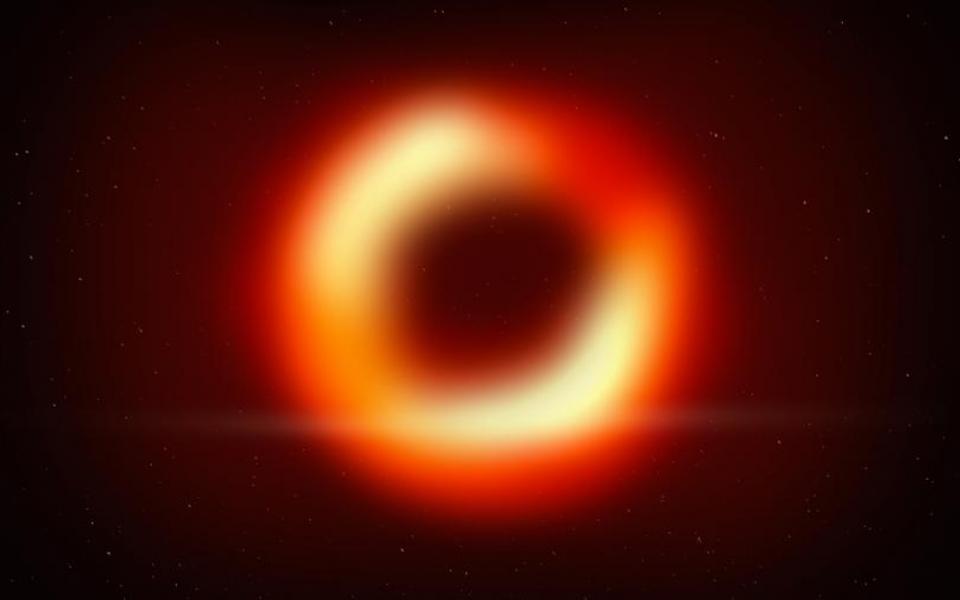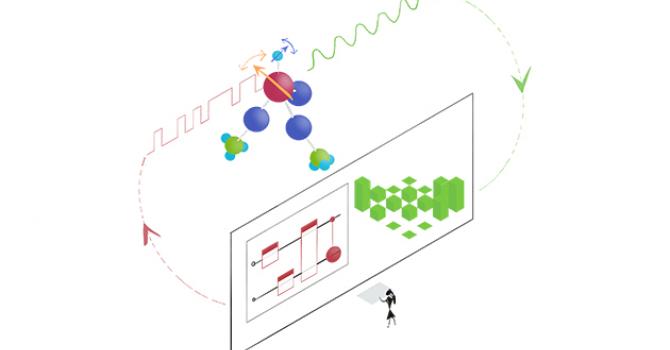An Ending That Creates a New Beginning
Prof. Henry TYE, Chair Professor of Physics and IAS Professor; and Prof. Yi WANG, Assistant Professor, Department of Physics, share the scientists' accomplishment in obtaining the first photo of black hole.
By Prof. Henry TYE, Chair Professor of Physics, Professor of IAS, HKUST; and Prof. Yi WANG, Assistant Professor, Department of Physics, HKUST
Scientific breakthroughs do not always make the front pages, but when a captured image of a black hole was released in mid-April, it became a headliner for days.
What makes this photo so fascinating? There are multiple reasons: first, it is the first time humanity succeeded at photographing a black hole; in the past, scientists only inferred its existence from the effect black holes exert on their neighbors via its gravitational waves. Second, this picture confirms a number of theories we have long believed about these mysterious objects.
People often ask: “How do you see a black hole?” Thanks to the immense energy emitted by its spinning accretion disk, this cosmological wonder is actually one of the brightest objects in the universe. The accretion disk contains dust, gas and other debris captured by the black hole’s powerful gravity well but have not fallen into its event horizon; the immense gravity generated by the black hole accelerates particles within the disk to immense speeds and produce powerful rays.
The black hole that was photographed is located 54-55 million light years away in another galaxy, Messier 87 (M87). There are closer black holes found near the center of our own Milky Way galaxy, but our galactic neighborhood is far dustier than M87, rendering a clear image a bigger challenge for our telescopes.
The instruments that enabled scientists to see the M87 black hole is nothing short of amazing. With our current technology, a single telescope would have been the size of Earth to possess that kind of resolving power—utterly impractical of course. The solution to this problem is clever: combine and network multiple telescopes located across the world. The Event Horizon Telescope (EHT) – the camera that captured the first ever black hole image – is an array of eight telescopes linked together to create an Earth-sized virtual telescope, providing scientists with an image resolution that far exceeds anything we previously had access to. EHT opens a window for future discoveries.
What are some of the most significant implications of this monumental discovery? Once again, Albert Einstein’s century-old theory of general relativity has been vindicated. According to Einstein, any given volume of object can only hold so much material before it collapses on its accumulated gravity, which is what a black hole is.
Like many great scientific breakthroughs, this black hole photograph spawns a plethora of questions and possibilities. For example, we know the M87 black hole emits a powerful jet of subatomic particles at light speed, but how does the black hole generate this incredible stream, and how is it related to the matter that is captured by the event horizon?
This historical event not only satisfied a long-time objective of astronomers/cosmologists (a direct image of a black hole), and now, we scientists can tread onto new frontiers to learn more about the universe we live in.






